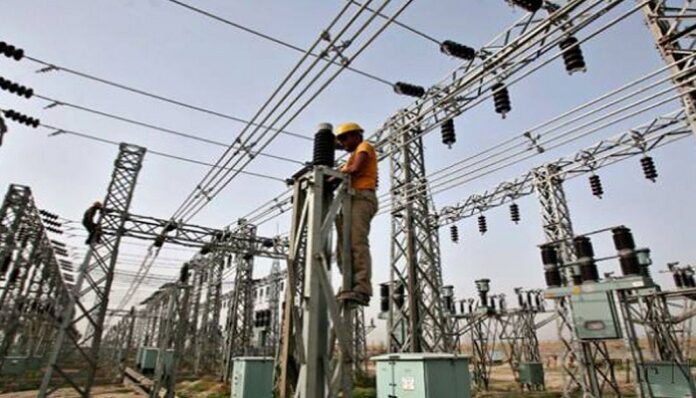There was a reduction in electricity load allocation to some distribution companies on Tuesday as power generation on the grip dropped by 571.5 megawatts when compared to what was generated the preceding day.
Industry figures seen on the 24-hour Grid Performance Dashboard showed that the peak power generation on Monday, December 27, 2021 was 4,761.70MW, but this plunged to 4,190.2MW as at 6am on Tuesday.
The drop in power generation led to a reduction in the quantum of electricity allocated to distribution companies, as the Abuja Electricity Distribution Company, for instance, informed its customers that this had warranted supply interruptions.
The Disco explained that the electricity load decrease led to supply disruptions in more than 10 areas in the Federal Capital Territory on Tuesday.
The Transmission Company of Nigeria manages the allocation of electricity load to power distributors and this depends on the quantum of electricity produced on the grid.
In a notice to its customers, issued by its management on Tuesday, the AEDC said, “We have noticed a drop in the load allocated to us in the national grid thus leading to interruption of power supply to our customers.”
It stated that customers affected were those “in Lugbe, Lugbe Across, Lugbe Zones 1-9, Sabo Lugbe/Trade Moore axis, Alaita, Chika, ACO, ASO, AMAC Estates, VOA, Deidei, Jiwa, Zuba, Anagada, Kaduna Road, Dakwa, Gwagwa, etc.”
The Disco added, “While we urge our customers to remain calm and manage the supply available to them, it is important to be safety conscious at home and while driving on the roads in order to avoid damage to any electrical apparatus.”
Power generation on the grid had been hovering around 4,000MW to 5,000MW despite the fact that the available capacity of generation companies was over 7,000MW.
The Nigerian Electricity Regulatory Commission in its latest second quarter 2021 report stated that Gencos had 7,771MW as their available capacity, but power generation on the country’s grid had never crossed 5,801.6MW.
Nigeria’s all-time national peak generation of 5,801.6 megawatts was recorded and transmitted on March 1, 2021.
The NERC, in its report, said, “There are currently 28 grid connected power stations consisting of 11 privatised legacy power plants, eight Nigerian National Integrated Power Project plants and nine Independent Power Plants.
“Together the available capacity of these plant stands at 7,771MW with a total of 142 turbine units.
“During the second quarter, the average of daily available generation capacity was 5,472.10 MW, which implies a decline of 8.1 per cent compared to 5,956.23MW recorded in the preceding quarter.”
Follow the Neptune Prime channel on WhatsApp: https://whatsapp.com/channel/0029Va74ZvU2v1IqKByXoX3d
Do you have breaking news, interview request, opinion, suggestion, or want your event covered? Email us at neptuneprime2233@gmail.com


